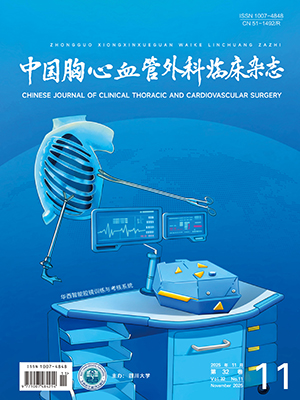Primary graft dysfunction (PGD) is the most common and significant complication affecting long-term survival rates after lung transplantation. The occurrence of PGD is closely related to donor-recipient risk factors, surgical procedures, and perioperative management. Early identification and standardized intervention are crucial for improving prognosis. This consensus was developed by a multidisciplinary expert group in the field of lung transplantation in China, based on a systematic literature review, evidence-based medical evidence, and clinical practice experience. It systematically outlines the definition and classification of PGD, the main pathological mechanisms, donor-recipient and perioperative risk factors, and establishes a dynamic early warning mechanism and graded treatment standard process. This consensus emphasizes the construction of a complete closed-loop management system through comprehensive preoperative assessment, multiparameter monitoring during surgery, standardized postoperative intervention, and follow-up management after discharge. The aim is to standardize clinical practices, reduce the incidence of PGD, promote graft function recovery, and improve long-term survival rates for patients. The consensus employs the GRADE (Grading of Recommendations Assessment, Development and Evaluation) system to evaluate the strength of recommendations and the level of evidence, providing a scientific, systematic, and actionable clinical guidance framework for lung transplantation centers.
Citation: Thoracic Surgery Society of the Shanghai Medical Association, Thoracic Surgery Subcommittee of the Shanghai Medical Doctor Association, The National Alliance for Enhancing Clinical Competence in General Thoracic Surgery. Chinese expert consensus on early warning and standardized treatment pathway for primary graft dysfunction after lung transplantation. Chinese Journal of Clinical Thoracic and Cardiovascular Surgery, 2025, 32(7): 897-904. doi: 10.7507/1007-4848.202504107 Copy
Copyright © the editorial department of Chinese Journal of Clinical Thoracic and Cardiovascular Surgery of West China Medical Publisher. All rights reserved




